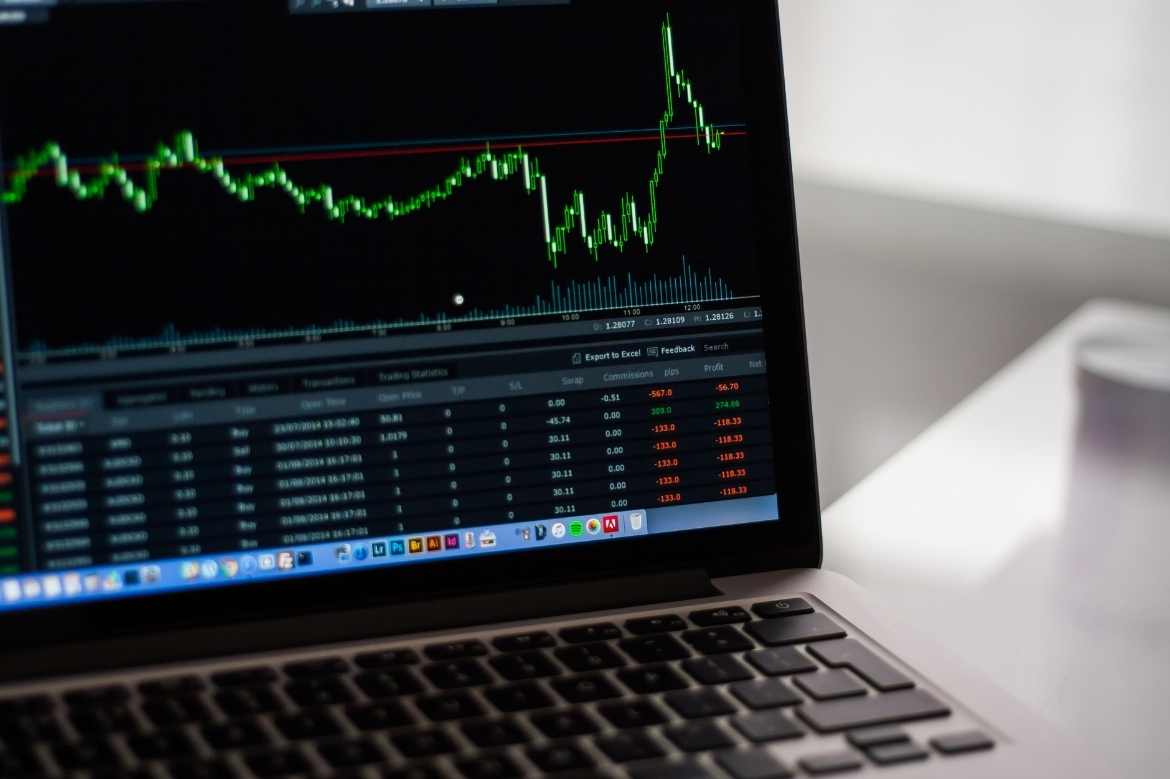One of the most popular kinds of investment in today’s financial market is Carry Trading. It is the borrowing or selling of a low-interest rate asset to fund buying a high-interest rate asset. In carry trade, the trader profits by the difference in interest rate after paying a low-interest rate on one asset and buying another that has high-interest rates.
Carry trade is also the simplest form of currency trading where you buy a high-interest currency against a low-interest currency. As long as you are trading in the positive interest direction, you should get the interest difference of the two currencies as your profits each day. Carry trading is a trading strategy applicable to most financial markets. It is used by those trading either in the short-term or using it as a financial instrument for investment in the long term.
How Does Carry Trading Work?
The primary purpose for carry trading is to profit from the interest rate differentials between two currencies. This carry trade strategy is dependent on the currency pair being traded and can either be positive or negative. A positive carry trade is equated to a high interest buy or a low-interest borrow, while a negative carry trade is correlated to a low interest buy and a high-interest borrowing. Carry trading is most common in currency trade, forex trade, and asset trade.
Traders prefer taking the positive position hoping and waiting for the higher-yielding currency’s value to appreciate. They do so because they pay low-interest rates for the assets they borrow and expect to profit from the higher interest rates from the asset they buy.
All traders banking with SoFi are advised to build a trading strategy and explore different risk management tools before opening a carry trade position. As per the experts at SoFi, “You’ll be eligible for a higher APY (annual percentage yield) with no charge to your existing routing number, bill pays, or existing SoFi debit and credit cards.” They are also advised to only trade in a stable economy because even a slight impact on interest rates could cause inflation and other external events that could cause fluctuation in the currency’s value.
What Does Carrying On Trade Mean?
Carrying on trade means placing trades as a way of taking advantage of the carry interest to earn you profit or using the carry trade strategy to make profit through interest rate differentials of two currencies. In addition to gaining profit from the interest rate differentials, you also receive the interest earnings. Carry trade allows for the use of leverage in trading assets that a person could otherwise not afford. The leverage amount determines the daily interest paid on the carry trade.
Carry trade comes with its own sets of risks. Traders must not utilize carry trade as their main driver in trade; instead, they should consider it an additional aspect that offers them an advantage over others in the financial markets. According to the experts at SOFI, the highest risk is the high levels of leverage utilized while trading because even the slightest shift in interest rates could lead to significant losses if the trader isn’t positioned appropriately.
Carry trading, when correctly managed, has a high potential for profitability. The steady income it brings can be used as a caution against any other adverse effects if the exchange rate moves. Banking with SoFi will help you hedge your trades by mitigating and managing the exchange rate risks.
Also Read: International Finance: 7 Planning Keys




